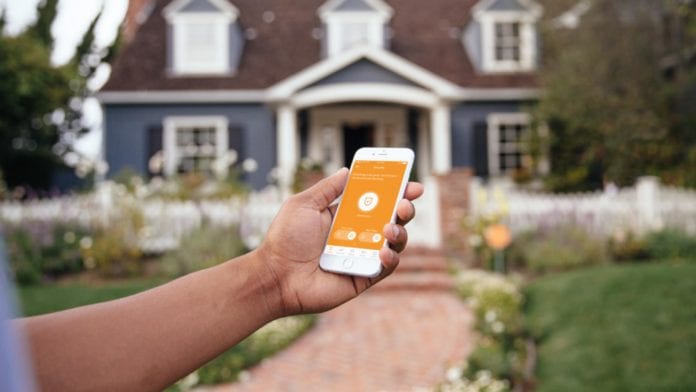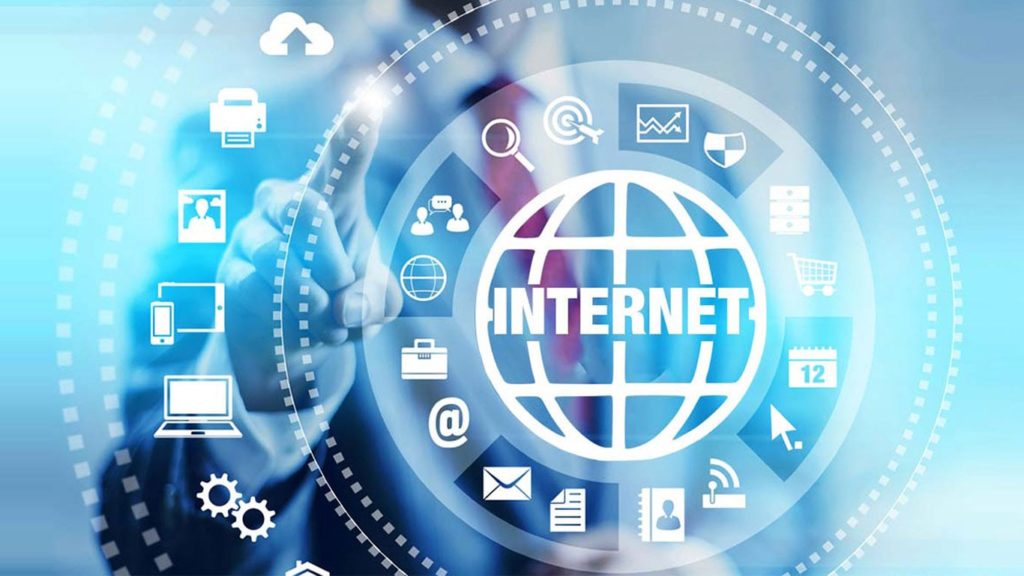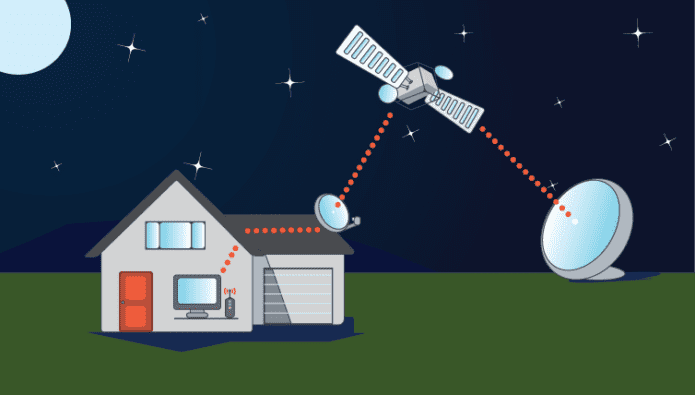
Many people are investing in a smart home, something that has become the face of the Internet of Things (IoT). Technology has made it possible for homes to be more automated and interactive, and the trends for 2024 are expected to make homes even smarter. Homeowners now do not have to worry about turning their outdoor lights on, closing window blinds, regulating lawn irrigation or completing other routine home chores.
This is because technology has made it possible to accomplish tasks from the comfort of a smartphone. Smart home technologies rely on smart home automation protocols to communicate.
Experts in home tech are confident that the sector will see numerous changes in 2024 since they expect artificial intelligence and machine learning technology to make it possible for the invention of new products in the industry.
What To Expect From Smart Home Tech in 2024
Some of the trends that might take center stage in the Smart Home Tech in 2024 include:
Standardization of smart home technologies

One of the biggest challenges that the smart home industry has faced over the past years is the lack of standardized products that are compatible with other technologies. In 2024, it is expected that standardization will increase as manufacturers of smart home products seek to ensure their products and services are compatible with services provided by multinational tech companies like Samsung, Google, Apple, and Amazon.
The trend will give consumers more autonomy and convenience because they can use the smart home tech products with the electronics they already have in their homes. We can expect more products to be compatible with products from different manufacturers. For instance, smart home automation protocols as explained on digitalhomemag.co.uk such as Z-wave and Zigbee could become compatible with Google Nest Hub.
More integration of Machine Learning technology into smart homes
It is expected that smart home tech companies will continue adopting machine learning technologies. Home products with the capacity to think, learn and make decisions will increase in the market. This means that homeowners could find themselves utilizing smart lawn sprinklers with the ability to determine when the lawns need watering. It would also be rational to expect face recognition technology to become part of home security systems or have refrigerators that can learn the habits of home inhabitants.
Such devices would employ machine-learning technologies to predict what is missing in your fridge and order it from your favorite local retail store.
Adoption of faster networks

The 5G technology and Wi-Fi 6 have already been rolled out, and the trend is likely to find itself in the smart home tech. Smart homes feature numerous internet-enabled products, and it is expected that developers will seek to install faster networks into their properties. The 5G network, for instance, is expected to play a significant role in revolutionizing the delivery of IoT services at the household level.
As more people continue to own smart devices, 5G and Wi-Fi 6 will come in handy in ensuring that more people can stay connected and enjoy high-speed internet conveniently. Faster networks will also improve the performance of smart devices such as thermostats because they will process more data streams quickly and make reliable decisions.
Integration of Smart Furniture
Smart furniture has not dominated smart home tech in the past years but today, it is expected that more people will embrace it. When Ikea announced that it had manufactured lamps that could charge electronics, many people were eager to find out what they could expect going forward.
In this line, you could soon be buying a smart bed that can learn your sleeping trends and adjusts pillows based on your sleeping habits. Smart sofas are expected to continue gaining popularity in 2024. Smart dressing tables and wardrobes could be making their way into the market this year as smart technology continues to be integrated into new homes.
Smart homes are likely to go green

Intelligent homes come fitted with smart thermostats that have a low energy consumption as compared to the old models. This makes the home eco-friendly, and we can expect the trend to continue. Many people are becoming aware of climate change, which means that more are taking steps toward environmental sustainability. We can assume that more people will pay emphasis to green homes, and smart homes like www.customcontrols.co.uk will not be left behind.
As a result, more homeowners will want electronic products that are energy efficient. We can also expect that smart homes could feature sensor-equipped products with low energy consumption. For instance, mesh networks such as Zigbee and Z-wave can help your smart devices communicate faster while consuming less energy, thus making them an eco-friendly option for smart homes.
Use of smart home cameras
Security is important for any homeowner, and we expect that in 2024, smart homes will feature intelligent security cameras. These cameras use ‘smart imaging’ to determine who has entered your house, thus allowing you to know in advance if the person is a family member or an intruder. ‘Smart imaging’ technology also allows the installed systems to pick movements in your home and compare them with those made by other things such as cars, wind, and animals.
Smart home systems are expected to be more sophisticated and capable of communicating with unidentified individuals through inbuilt two-way communication technologies.
Conclusion
The smart home tech will continue to experience rapid growth in 2024, especially as machine learning and automation of homes become mainstream. More products will undoubtedly flood the market as manufacturers try to meet the demands of smart homeowners. Although it is impossible to predict how the smart home tech will be by the end of 2024, it is certain that the industry will continue evolving and becoming more mainstream.
With more firms investing in the industry, homeowners are bound to get more smart technologies that they can use in their smart homes.











